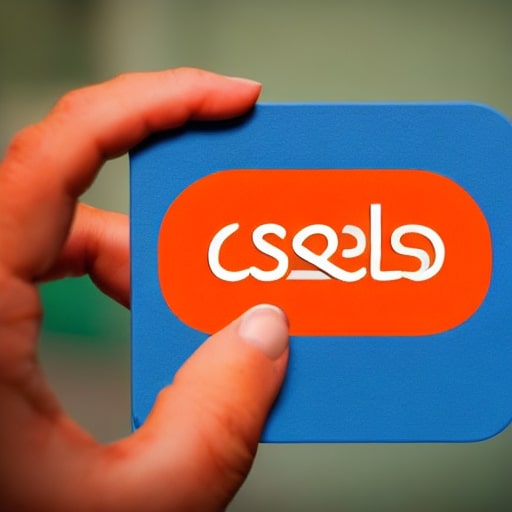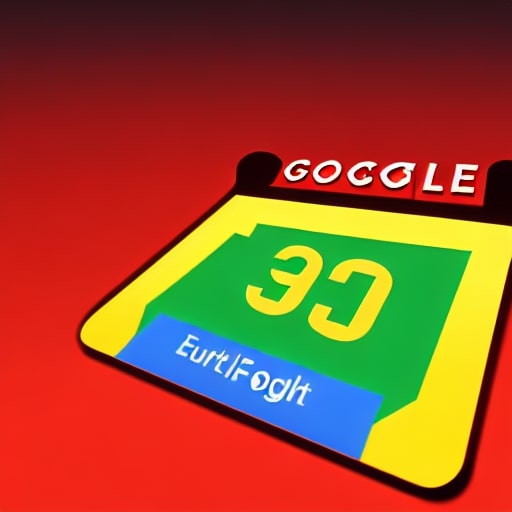Inbound and digital marketing are the two main approaches for growing your business online.
If you’re just starting out, this guide is going to show you what’s what and how to choose which one is best for your situation.
First, let’s look at what inbound and digital marketing are.
Inbound is the process of attracting customers to your website through an understanding of the pain points of your target audience and providing a solution to those problems.
Inbound marketing involves producing valuable content and getting it in front of the right audience. The goal of inbound is to make buyers want to buy from you.
Digital marketing, on the other hand, is the use of online channels to promote and market your business. Digital marketing includes email marketing, social media marketing, display advertising, mobile marketing, pay-per-click, SEO, and PPC.
To sum up, inbound is about attracting buyers to your website while digital marketing is about promoting your products and services to existing and potential customers online.
1. What is Inbound Marketing?

Inbound marketing is a term used to describe the modern, digital approach to marketing and advertising. It is generally described as a strategy, rather than a method.
It is focused on generating leads, converting those leads into customers, and keeping customers engaged once they have purchased. A company that implements a solid inbound marketing strategy typically focuses on three key areas of customer care.
Lead Generation:
Inbound marketing has been around since the early days of marketing. In fact, companies like HubSpot and Marketo have been in the game since the late 90s and 2000s respectively. However, inbound marketing has gained steam in the past decade and a half. It is now one of the most important forms of marketing because of its ability to generate leads, convert leads into customers, and keep customers engaged.
Customer Care:
The customer care aspect of inbound marketing is about keeping existing customers satisfied and happy. It is an area that can be overlooked, but is arguably the most important component of a successful inbound marketing campaign. Companies that focus on inbound marketing are typically much better at keeping their current customers satisfied than they are at attracting new customers.
Customer Acquisition:
This is the act of acquiring a new customer. Inbound marketing is about attracting a new customers, rather than generating leads. Companies that implement an effective inbound marketing strategy tend to be much better at acquiring new customers than they are at generating leads.
2. What is Digital Marketing?

Digital Marketing is the umbrella term for anything that’s related to marketing online. These days, there are a variety of tools and tactics that fall under the category, but the most well-known of all is likely social media marketing.
As the saying goes, if you don’t have a plan to market your business, you’re doing it wrong. Marketing online is an integral part of any marketing strategy, and it’s crucial to understanding the role that digital marketing plays.
Digital marketing refers to any marketing activity that occurs on the internet. Inbound marketing means marketing your business online, and is also a subset of digital marketing. It’s the process of attracting people to your business via your website, blog, and other digital marketing channels.
Inbound marketing isn’t necessarily digital marketing, but rather the marketing of your business online. To be considered inbound, your marketing must be focused on attracting people to your website rather than pushing them away.
3. The Difference Between Inbound and Digital Marketing

The Difference Between Inbound and Digital Marketing is the title of this post. While most people use the terms interchangeably, the reality is, inbound marketing (IM) and digital marketing (DM) are very different things. While they have the same goal, which is to attract new customers, DM is much more tactical and IM is much more strategic.
DM focuses on optimizing the customer journey and creating high-quality content. DM often involves creating content to drive traffic, such as blog posts, videos, and social media posts. DM is best used as a long-term tactic that will help your business stay visible and relevant to your target audience.
IM, on the other hand, works to attract potential customers to your business. Instead of focusing on content creation, IM is built around lead generation, and includes tactics like blogging, social media posting, email marketing, and advertising. IM is best used as a short-term strategy to drive more leads to your business.
DM: A Long Term Strategy
If you’re starting a business or an online store, it’s likely that your main focus will be on attracting new customers and growing your business. DM, also known as marketing, will help you get the most out of this effort. DM is a long term strategy that works with you to help you grow your business.
IM: A Short Term Strategy
IM is best used to generate new leads and close sales. This is where most businesses will want to spend their resources. In fact, many small businesses that don’t have the budget for DM still put the majority of their marketing dollars into IM.
While DM and IM are very different, they do share many of the same tactics. Both strategies require a focus on content creation. Both require a strategy.
Both strategies require a clear vision.
The difference between DM and IM is that DM is about the long term whereas IM is about the short term. The difference between DM and IM is that DM is about the long term whereas IM is about the short term.
So, while IM is short-term marketing, DM is long-term marketing.
4. Inbound Marketing Tactics

Inbound Marketing Tactics help you attract prospects through content, rather than simply pitching them your message.
Traditional marketing methods such as direct mail, telemarketing, and television advertising often require you to spend money upfront, and then hope that prospects remember your message once they’ve paid for it.
The reason why most companies find themselves failing to connect with the right customers and prospects is because of traditional marketing methods. Inbound marketing tactics help you attract prospects through content, rather than simply pitching them your message.
When you look at the typical path of a prospect’s journey, you see that they go from awareness to consideration to purchase. But the key to winning the long game isn’t about the prospect. It’s about connecting with them and bringing them along your sales process.
Inbound marketing tactics will help you attract prospects through content, rather than simply pitching them your message. By using them, you’ll be able to gain a foothold on your prospect’s journey by understanding their needs, helping them solve problems, and ultimately earning their trust.
5. Digital Marketing Tactics

Digital Marketing Tactics help to reach your audience through an online platform, either a website or mobile app. These tactics include things like content marketing, social media marketing, search engine optimization, email marketing, and much more.
Digital marketing is a broad term that includes various types of advertising such as search engine marketing, display ads, video marketing, etc. Digital marketing is the use of multiple channels to get your message across and then measure the effectiveness of those channels to improve future campaigns.
This article will focus specifically on digital marketing techniques, as opposed to traditional marketing.
6. Which One is Right for My Business?

Both help build awareness about a product and drive potential customers toward a brand or website. Digital marketing uses online tools to reach people and businesses, and inbound marketing uses online tools to communicate with people and businesses.
Both are powerful marketing tools that can work together, and they’re useful for reaching your target audience.
If you’re thinking of launching a campaign, it’s important to consider whether inbound or digital marketing is right for you. The best solution is to look for a professional digital marketing person to help you define.
Conclusion

The conclusion is simple: Inbound Marketing (IM) and Digital Marketing (DM) are not competing against each other. Instead, IM is a subset of DM. IM is about creating leads, nurturing those leads, and converting those leads into sales.
DM is about getting people to your website. Whether that’s through paid advertising, search engine optimization, or through content marketing. DM can include paid advertising and/or content marketing.
If you’re running a business, you should be running both types of marketing in parallel. Thanks for reading!





Pingback: 7 programming languages every Singaporean should learn - Eric Chuar